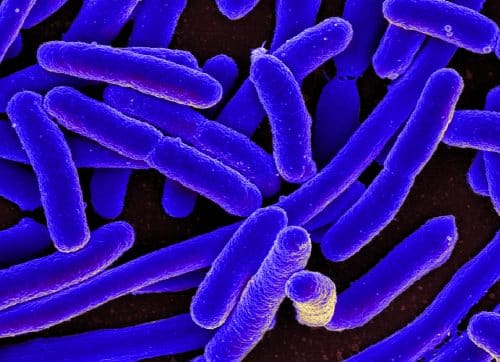They are sophisticated, stealthy, have an impressive ability to develop and have a difficult strategy to crack; A series of studies led by Prof. Natalie Laban from the Hebrew University reveals the insidious survival mechanisms of the bacteria in the human body

Bacteria must cope with harsh environmental conditions. The main strategies to deal with these challenges include, among other things, the activation of appropriate genes and the accumulation of mutations during evolution that help bacteria adapt to those changing conditions.
Often, bacteria exposed to sudden and unexpected change are required to use other strategies and recently it has been shown that the generation of non-genetic variation such as the creation of subpopulations pre-adapted to the environment and changing targets can provide an alternative strategy.
Disease-causing bacteria face many challenges, and their ability to evade the immune system and deal with prior antibiotic treatment for certain conditions can provide an advantage in penetrating human cells. In the study, which was published this month (7.2) in the scientific journal eLife, our goal was to test whether exposure to these conditions can stimulate the creation of subpopulations of bacteria pre-adapted to different conditions. For this, we used the E.Coli bacteria, which is responsible for many cases of death in the world and exposed it to conditions that simulate human cells. In this simulation, we actually discovered a split into two subpopulations, with one of them characterized by excessive violence (hyper-virulent). To our surprise, the virulent subpopulation retained its properties for many generations even when the bacteria were transferred to grow in an outdoor environment. In the research, we used mathematical modeling and genetic methods and found a mechanism that controls the "switch" that regulates between the two subpopulations. In other words, we discovered that there is a division of roles during the penetration of the bacteria into the body. Part of the population "arms itself" with means of violence and assault, while another part remains in "reserve". This discovery of preadapted populations
For an attack on human cells, luckily, antibiotic treatments are supposed to protect us against these populations.
In another work, published in the prestigious Science newspaper (on 9.2), We discovered a sensational phenomenon: another subpopulation, which went into a temporary "coma" and stopped its growth, managed to escape the antibiotic treatment and later, develop resistance to the antibiotic treatment 20 times faster than the other bacteria. It is important to emphasize that this dormant subpopulation, which is created in response to difficult conditions, is not tested in laboratory tests when examining the effectiveness of antibiotic treatments and therefore may pass "under the radar" of the treating staff. The quantitative understanding, through mathematical modeling, of the new pathway that contributes to the rapid development of antibiotic resistance, may lead to new ways to prevent the development of resistance, one of the burning problems of modern medicine.
